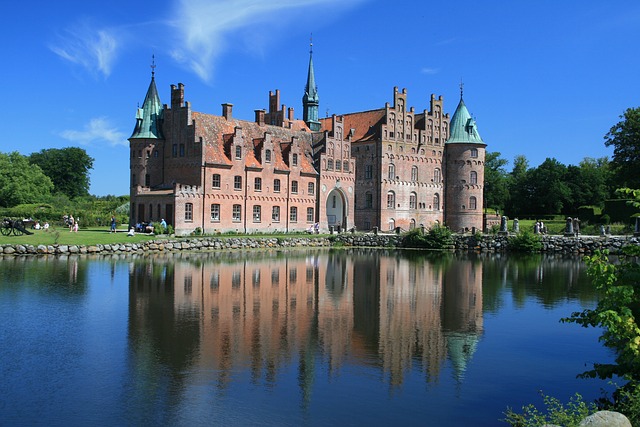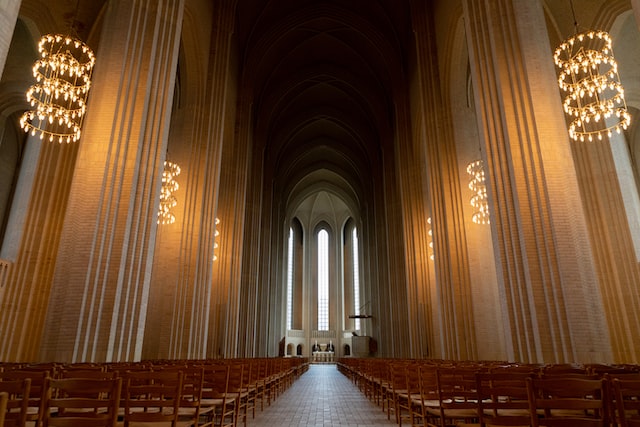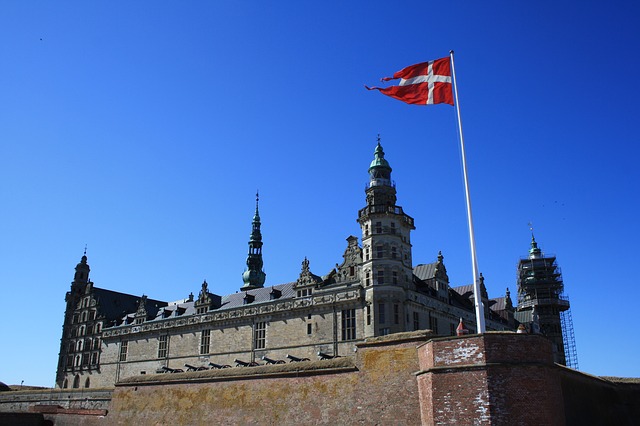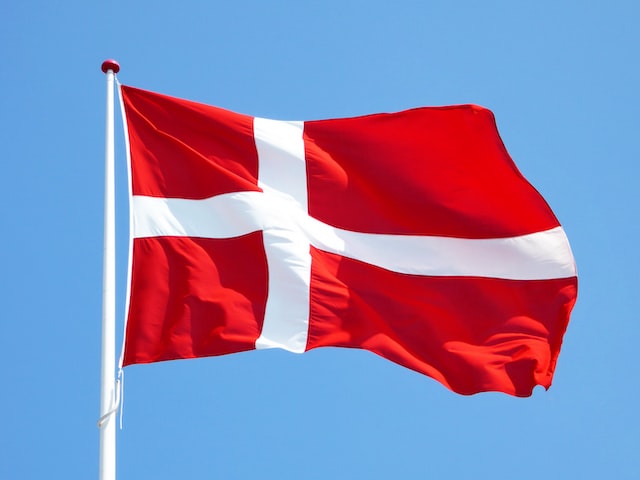Christiansborg Palace: 12th-century palace where the three powers of Denmark gathered
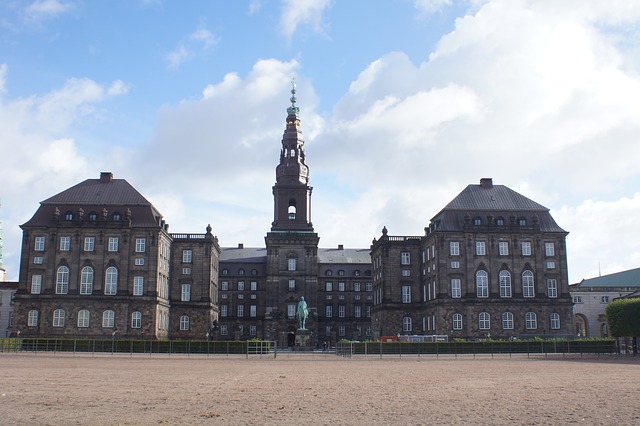
In Copenhagen, Denmark, there is a palace called Christiansborg Palace, built more than 800 years ago in 1167. Christiansborg Palace is not only used for official events by Danish royalty and as a guest house for foreign dignitaries. Still, it is also known as the center of Denmark’s three central authorities: the Parliament, the Supreme Court, and the Cabinet Office.
In this article, I would like to introduce in detail the features of Christiansborg Palace, which has a long history and is often referred to as the birthplace of Copenhagen.
What is Christiansborg Palace in Denmark?
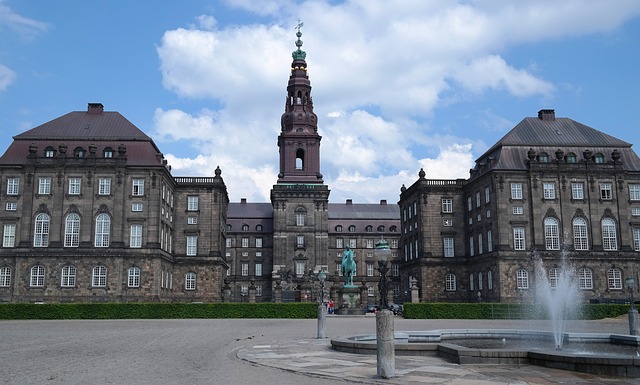
Christiansborg Palace is a spectacular palace on Slotsholmen Island in Copenhagen, the capital of Denmark. The origin of palace is a fortress built in the 12th century, and it is known as the birthplace of Copenhagen because of its ancient history.
Christiansborg Palace is now mainly used for official royal events, such as audiences with the Queen of Denmark and as a government guest house. Christiansborg Palace also houses the Parliament, the Supreme Court, and the Cabinet Office, making it an important meeting place for Denmark’s three branches of government: judicial, legislative, and executive.
History of Christiansborg Palace
Christiansborg Palace was originally a fortress built in 1167 by Absalon, a Danish politician and archbishop. Christiansborg Palace differs significantly from other Scandinavian palaces in that it was built with a mixture of architectural styles from three different periods.
Christiansborg Palace suffered two major fires, in 1794 and 1884, and each time it was rebuilt, new architectural styles prevailing at the time were introduced. It underwent multiple other renovations and was given its current design in 1928.
As a result, a unique decorative beauty was created by three distinct architectural styles: the Baroque style, which emerged in Italy during the 16th and 17th centuries; Neoclassical architecture, which was born in France in the 18th century with the ideal of classical architecture; and the Neo-Baroque style, which became popular in Europe in the first half of the 19th century as a revival of the Baroque style.
Sights inside and outside the palace
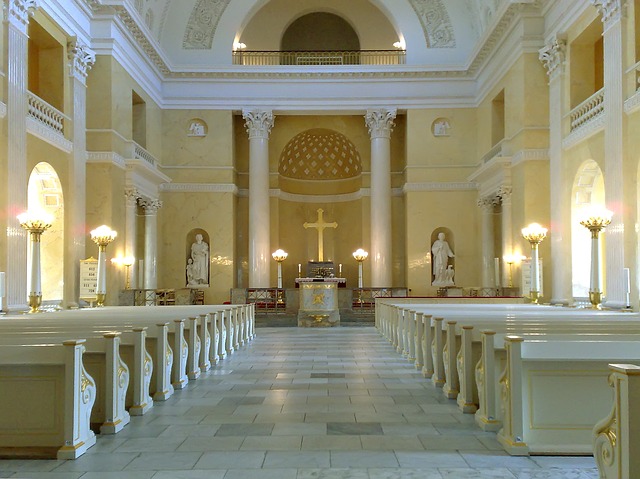
Christiansborg Palace has a stately and dignified medieval stone exterior. In addition, the interior is surrounded by chandeliers, paintings, and elegant stucco decorations.
Christiansborg Palace is open to the public, and visitors can see the lavishly decorated interior and how the Danish royal family lived in those days. The castle houses the living quarters of past Danish royalty and a guesthouse called the Royal Reception Room, which welcomes royalty and dignitaries from around the world.
Also on display are 17 tapestries depicting themes from Denmark’s history, which were presented to the current Queen of Denmark, Margrethe II, on her 50th birthday in 1990. Danish artist Bjorn Norgaard created the tapestry.
In the courtyard outside the palace stands a bronze statue of Archbishop Absalon, who built the fortress that was the predecessor to Christiansborg Palace in the 12th century.
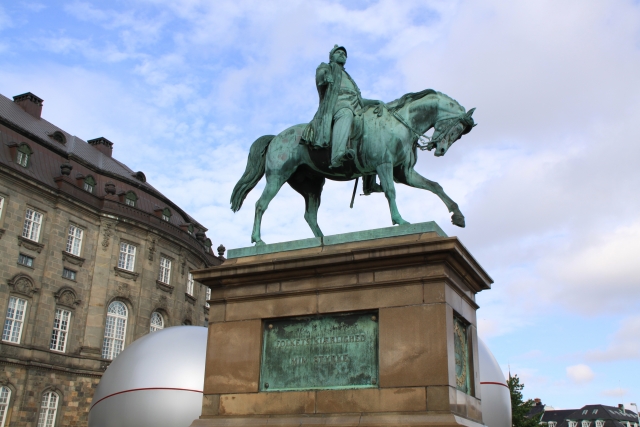
Today’s Christiansborg Palace stands as an elegant palace, but from the outside, little remains of the fortress. However, the castle’s ruins remain on the underground floor, which is also a sightseeing attraction.
Visitors can also climb the 106-meter tower that rises from Christiansborg Palace, the tallest building in Denmark, free of charge. The top of the tower, which opened to the public in 2014, offers a panoramic view of Copenhagen’s historic old cityscape and is famous as a great photo opportunity.
Conclusion
Christiansborg Palace is a beautiful stone palace built in Europe in the 12th century during the Middle Ages.
More than 800 years after its construction, it remains one of Copenhagen’s most famous landmarks as an important institution in Danish politics and diplomacy. In addition, it is a popular tourist destination in Denmark that attracts many visitors from Scandinavia and around the world.

